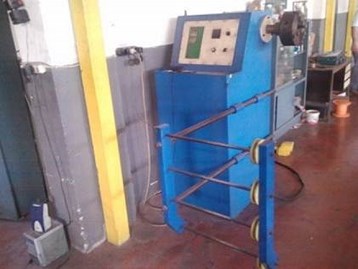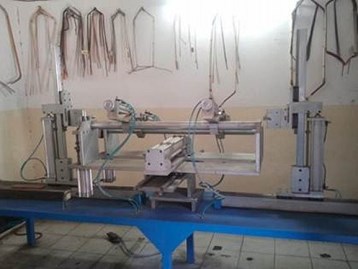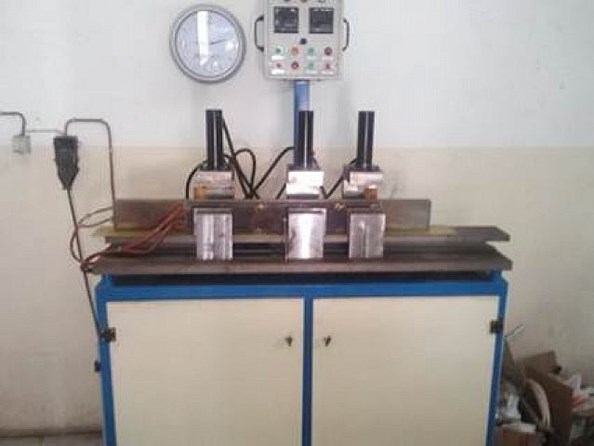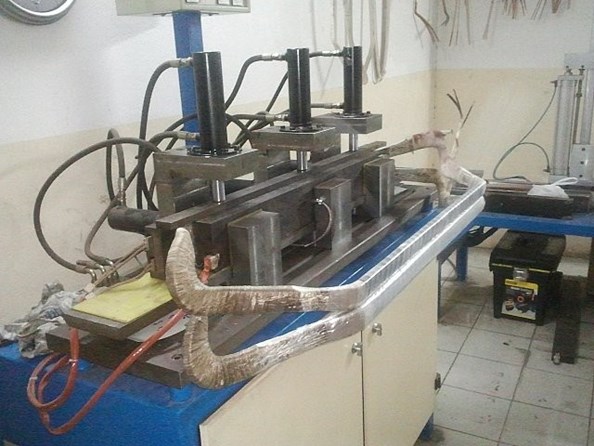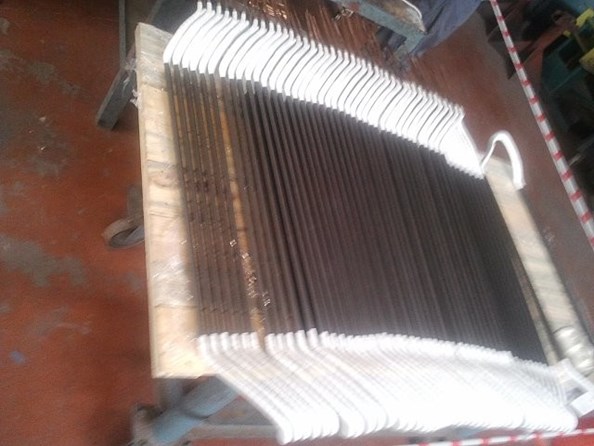-
- We use grade2 quality, enamel coated, rectangular shaped, electrolytic, fully-annealed cupper wire.
- The thickness of the enamel coating is between 0,12-0,17 mm and each layer can resist 200 degrees Celsius at 2000 Volts. The wire is drawn with machine and does not include burrs.
- We use 0,05 mm thickness nomex presband or 0.09mm thickness of mica for coating enamel wire to increase the isolation level of the outer surface. Due to heating problem, we do not use glass coating for MV stator coils.
MV COIL PRODUCTION
1-Procurement of wire
2. Herringbone Coils Making and Forming
3. Form Giving
4. Coil Molding and Roasting
- The cavity section of the coil which is wrapped by one layer of epoxy material is heated for a period of 30 minutes so that the smooth gathering of the coil wires comes together properly.
- Isolation material is conforming according to the resinrich system which is wrapped to the required number of layers by giving consideration to the cavity interval.
- The coils are pressed with hydraulic pistons in moulds according to the inter-cavity dimensions are roasted in 130 degrees Celsius for a period of 1 hour which provides the resin inside. The coils are hardened by evacuating the air inside them via the flanks.
5. Isolation of the Coil Head
a- The heads of the coils at the cavities which have been roasted are isolated by being wrapped with isolation materials. The coil production is completed by attaching silicone macaron at the coil terminals.
6. Coil Tests
a) Hi- POT Test: Isolation test of the cavity section against the chassis.
b) Surge Test: Short-circuit test for the coils between the spirs.
c) Megger Test: Measuring the isolation values for the cavity section of the coil.
d) TanӨ ; Determination of isolation problems within the roasted epoxy.


